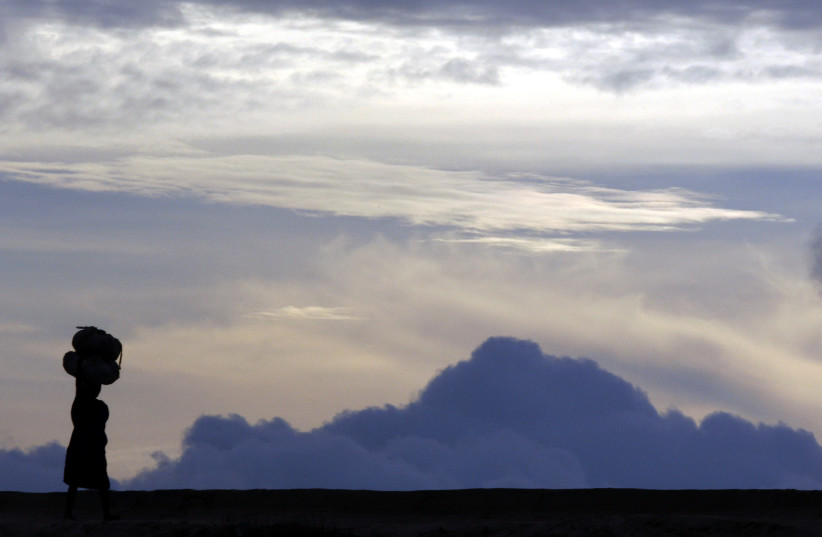A team of scientists in Angola happened upon three snake-like creatures that they couldn’t identify hidden under a rock. When they took them back to the lab, the researchers realized they had discovered a previously unknown species— a species with, so far, only those three known individuals.
Their findings were published last month in the African Journal of Herpetology.
The Serra de Neve lance-skink looks like a snake— it’s long, it has no legs, and it gets around by wiggling from point A to point B. But it’s actually a lizard, part of a family with more than 1,500 known species.
This new species is distinguished by its unique coloring, which includes a band around the skink’s neck that researchers compared to a "collar."
The scientific name for the new species is Acontias mukwando, after the local Mukwando tribe. The name was chosen “in recognition of all the hospitality, friendship, and local knowledge exchange during [the researchers’] field work,” Mariana Marques, a co-author of the study, was quoted as saying in the Miami Herald.
Just one new find in a 'biodiversity hotspot'
Interestingly, the new species has no ears, but it does have movable eyelids— one of the tip-offs that this find was something unique. Those eyelids distinguish this skink from other species found in the area, although none of the usual suspects have yet been found in Angola.

But that doesn’t mean they’re not hanging around. “Serra de Neve is undoubtedly a biodiversity hotspot,” the study says, and yet it “remains one of the least explored.”
This expedition was funded by the National Geographic Society, according to Yahoo News.
